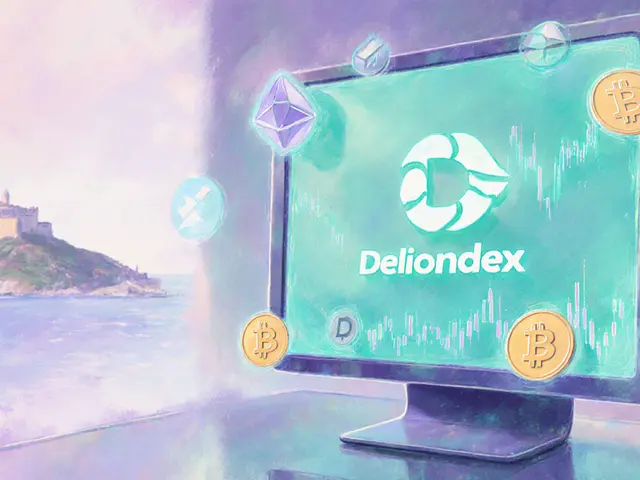Layer 2 Explained: Speed, Cost, and Real-World Use Cases
When you send crypto on Ethereum, it can take seconds to minutes—and cost dollars in gas fees. That’s where layer 2, a scaling solution built on top of a main blockchain to handle transactions faster and cheaper. Also known as L2, it lets users bypass the congested main chain without sacrificing security. Think of it like adding express lanes to a highway. The main road (Ethereum) still handles the most important stuff, but most of the traffic moves to the faster side roads.
There are two main types of layer 2, a scaling solution built on top of a main blockchain to handle transactions faster and cheaper. Also known as L2, it lets users bypass the congested main chain without sacrificing security.: rollups, a type of layer 2 that bundles many transactions into one and submits them to the main chain. and sidechains, independent blockchains connected to the main chain that process transactions separately. Rollups, like Arbitrum and Optimism, are the most popular because they inherit Ethereum’s security. Sidechains, like Polygon PoS, are faster but trust a different set of validators. Both cut fees by 90% or more and boost transaction speed to thousands per second.
Why does this matter to you? If you’re swapping tokens, playing a game, or using DeFi, you don’t want to pay $50 to send $100. Layer 2 makes it possible to trade, stake, and earn without the pain. Projects like Uniswap, Aave, and even NFT marketplaces now run mostly on layer 2. The real winners aren’t the tech—it’s the users who get cheaper, faster access.
Not all layer 2 solutions are equal. Some are open and decentralized. Others are controlled by a single company. Some work only with certain tokens. The posts below break down real examples—how they work, who’s using them, and which ones actually deliver on their promises. You’ll find guides on how to move your assets, where to find the best fees, and which platforms are safe to use. No fluff. Just what you need to make smarter moves on the blockchain.

Learn how state channels work, their benefits, drawbacks, real-world use cases, and how to get started with this blockchain scaling technology.
Jonathan Jennings Oct 26, 2025




